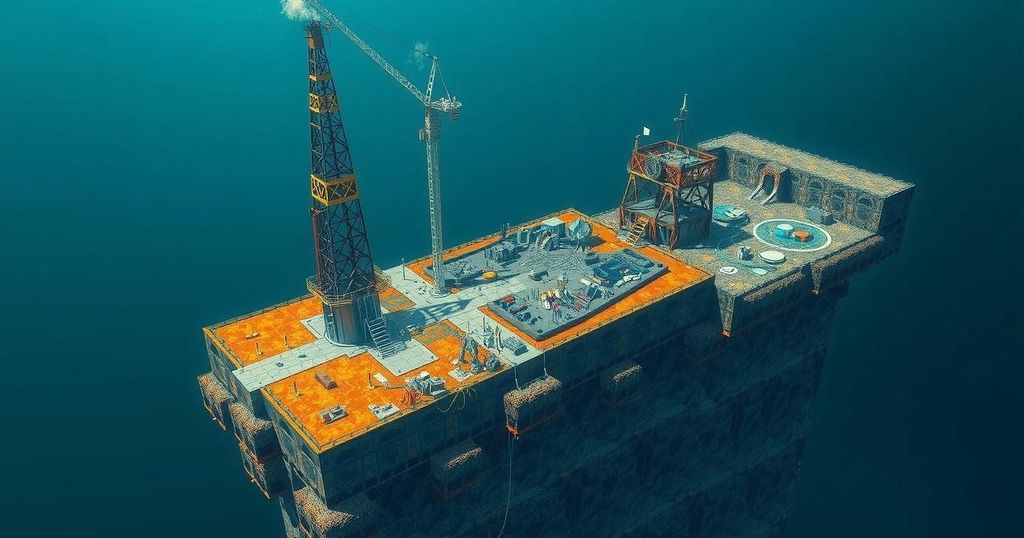The article explores the insights gained from drilling the Japan trench subduction fault by IODP Expedition 405, studying hydraulic structures that impact fault behavior after the 2011 Tohoku-Oki earthquake. Initial findings indicate potential fault healing that may influence future earthquake risks. This research is essential for improving tsunami prediction and preparedness strategies.
The study discusses the aftermath of the catastrophic Tohoku-Oki earthquake (Mw 9.0) and the resultant tsunami that struck Japan’s northeastern coast in 2011. This seismic event led to substantial fault slip, prompting extensive seafloor displacement that catalyzed a tsunami with wave heights reaching 40 meters. Such a significant event challenges existing models of subduction zone earthquake mechanics, particularly the understanding of fluid channels along faults post-earthquake. During the International Ocean Discovery Program’s (IODP) Expedition 405 in autumn 2024, researchers drilled into the Japan trench to analyze the hydraulic conditions of the fault years after the disaster. Initial findings suggest that the fault rocks have re-cemented, impeding fluid circulation, potentially allowing for the accumulation of mechanical energy for future seismic activities. This research sheds light on the role of hydraulic properties in the fault healing process, contributing to tsunami-earthquake preparedness efforts.
The Tohoku-Oki earthquake exemplifies the unpredictable nature of seismic activities, highlighting the limitations in current understanding regarding the mechanisms of subduction zone faults. High-pressure fluids’ role in fault behavior, particularly in facilitating slip and healing after substantial seismic events, remains an area of active investigation. Accessible research into these hydraulic properties is critical for developing reliable models predicting future earthquakes and mitigating tsunami risks.
Research stemming from the IODP Expedition 405 is pivotal in revealing how subduction faults behave post-earthquake. Understanding the hydraulic conditions of the Japan trench fault aids in predicting future seismic risks and contributes significantly to preparations for potential tsunami-inducing events. It stresses the importance of continuous inquiry into the hydraulic mechanics of such faults to enhance safety protocols.
Original Source: www.nature.com






